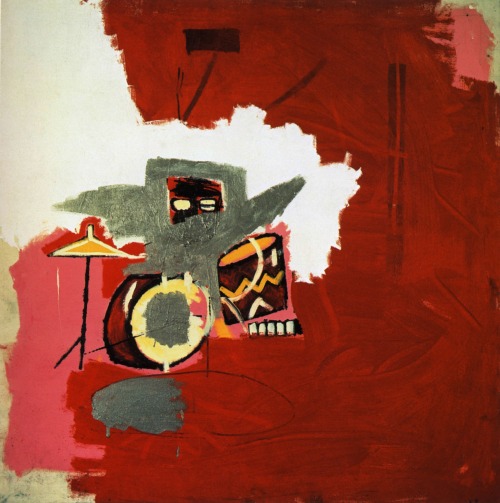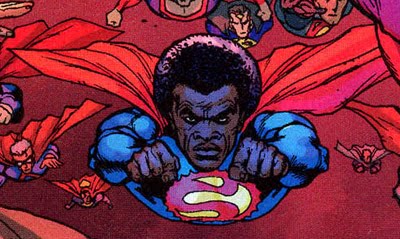 Bebop en Cave Vieux Colombier, photo by Robert Doisneau, Saint-Germain-des-Prés, Paris, 1951.
Bebop en Cave Vieux Colombier, photo by Robert Doisneau, Saint-Germain-des-Prés, Paris, 1951.
After the Second World War, this Parisian neighborhood became the center of intellectuals and philosophers, actors and musicians. Existentialism co-existed with jazz in the cellars on the rue de Rennes.
Bebop or bop is a style of jazz characterized by a fast tempo, instrumental virtuosity, and improvisation based on the combination of harmonic structure and sometimes references to the melody. It was developed in the early and mid-1940s. This style of jazz ultimately became synonymous with modern jazz, as either category reached a certain final maturity in the 1960s.
As the Beat movement was getting underway, bebop was already going strong, especially in New York City, where 52nd Street was bustling with activity in jazz clubs up and down its length. Bebop was an innovative style of jazz which saw its heyday in the ’40s, characterized by smaller combos as opposed to big bands and a larger focus on virtuosity. Bebop’s renaissance came about in the heart of New York City, where musicians like Dizzy Gillespie, Thelonious Monk, Charlie Parker, Max Roach and Miles Davis were ushering in a new era for jazz music.
Jack Kerouac, Allen Ginsberg and friends spent much of their time in New York clubs such as the Red Drum, Minton’s, the Open Door and other hangouts, shooting the breeze and digging the music. Charlie Parker, Dizzy Gillespie and Miles Davis rapidly became what Allen Ginsberg dubbed “Secret Heroes” to this group of aesthetes.
Why did jazz suddenly become such a driving force behind the writings of the Beat authors? What similarities can we find between jazz musicians and the Beats? Perhaps the most obvious comparison we can make is indicated by the very word “beat.”
“The word ‘beat’ was primarily in use after World War II by jazz musicians and hustlers as a slang term meaning down and out, or poor and exhausted”. Kerouac went on to twist the meaning of the term “beat” to serve his own purposes, explaining that it meant “beatitude, not beat up. You feel this. You feel it in a beat, in jazz real cool jazz”.
The Beat authors borrowed many other terms from the jazz/hipster slang of the ’40s, peppering their works with words such as “square,” “cats,” “nowhere,” and “dig.” But jazz meant much more than just a vocabulary to the Beat writers. To them, jazz was a way of life, a completely different way to approach the creative process. In his book Venice West, John Arthur Maynard writes:
Jazz served as the ultimate point of reference, even though, or perhaps even because, few among them played it. From it they adopted the mythos of the brooding, tortured, solitary artist, performing with others but always alone. They talked the talk of jazz, built communal rites around using the jazzman’s drugs, and worshipped the dead jazz musicians most fervently. The musician whose music was fatal represented pure spontaneity.
Thus, without the Beats, the jazz movement would probably have rolled right along. But, as we have seen, the Beat movement relied heavily upon the genius of great such as Charlie Parker and Miles Davis for the inspiration that produced such valuable works like Kerouac’s On the Road and Ginsberg’s Howl. How fortunate that the two movements coincided at just the right time.
 Max Roach, Jean-Michel Basquiat, 1984
Max Roach, Jean-Michel Basquiat, 1984






